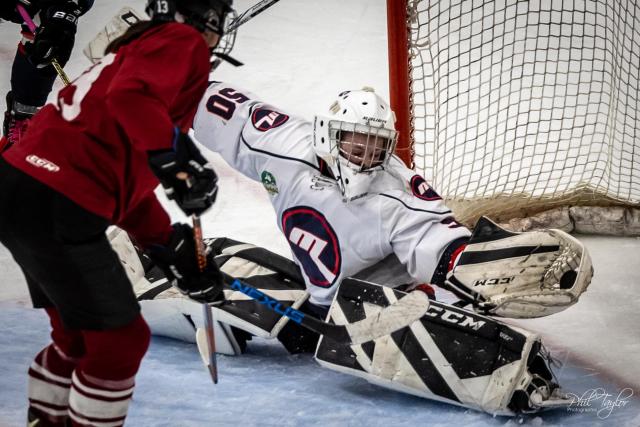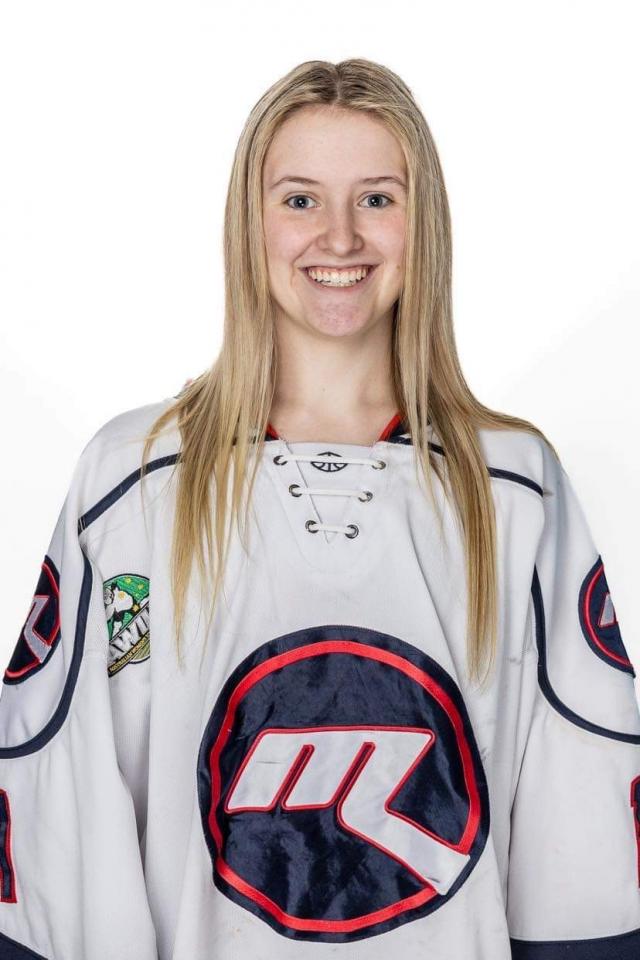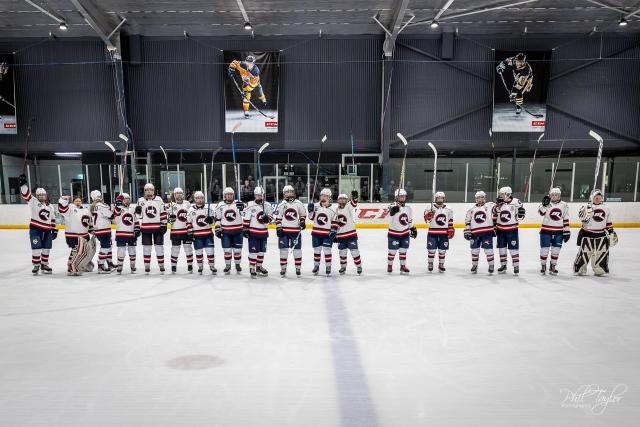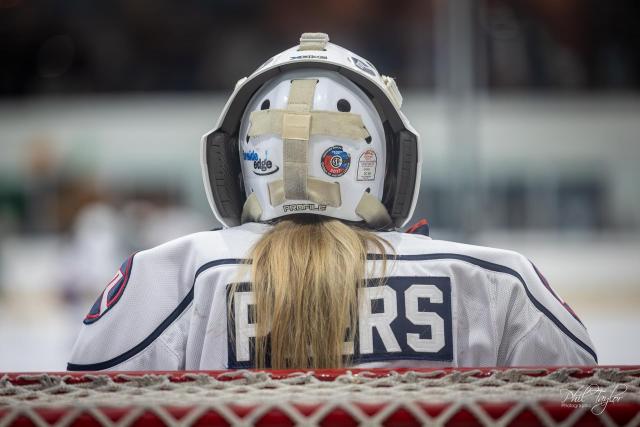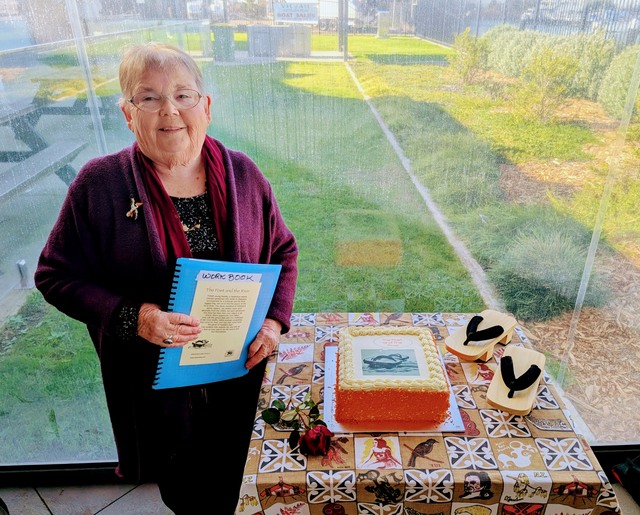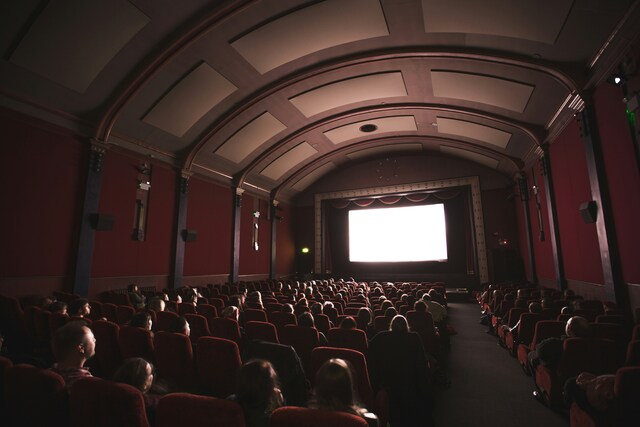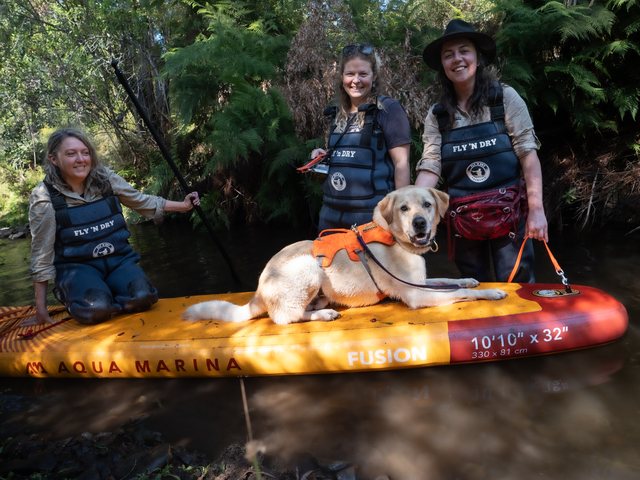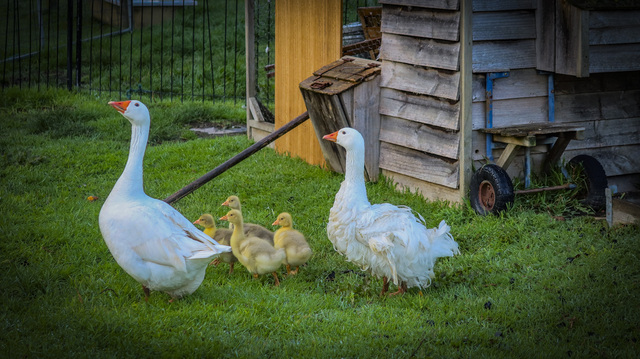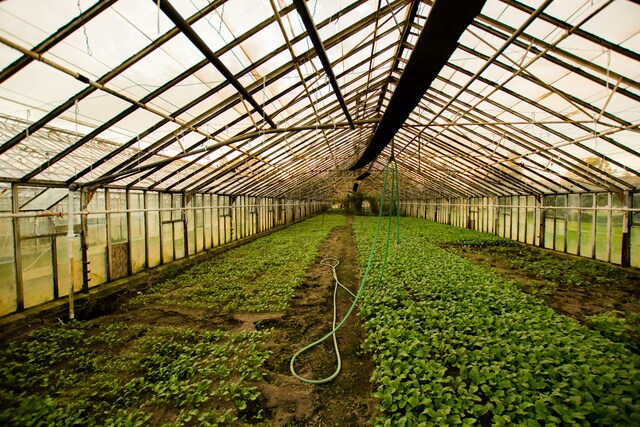A budding ice hockey star hailing from Launching Place is aiming for the top and wants to see the path made easier for others to join her.
Makayla Peers is in the midst of starring for the Melbourne Ice in the 2023-24 Australian Women’s Ice Hockey League season, having already claimed the Best Goaltender award and the championship title aged only 18 last season.
Peers said she only started playing ice hockey at the age of 12, having previously played inline hockey locally in Lilydale.
“At my local inline hockey club, one of the members sponsored the Melbourne Ice Men’s Team and once a year when the men’s season ended he would bring down some of the players from the men’s team and one of them happened to be the Melbourne Ice Women’s Hockey Coach,” she said.
“We spoke about it consecutively for a few years, he would come down and continue to see my development and growth and he convinced my mom and dad to let me try ice hockey.”
Peers was shutting out the opposition last summer, averaging a miserly 1.56 goals against per game while maintaining a 93.6 per cent save percentage, both the best figures league-wide.
Peers said playing the goaltender position is completely different between inline and ice hockey.
“The skating pattern is very different and the pucks are a lot harder, they’re made of rubber instead of plastic so when I was playing with the bigger boys, the shots once they got through puberty and were starting to bulk up were definitely a big issue,” she said.
“More than anything that was hard was the distance, I live in Launching Place so the closest rink is an hour and 15 minutes away so the travel was definitely a big change as well,”
“But I’ve always been passionate about the sport and the family culture that I think especially with the Melbourne Ice, the team I currently play with, we’re like one big happy family. And I know I could literally call on anyone if I need to.”
Balancing her university studies and two part-time jobs is all part of the parcel for Peers, with ice hockey a pay-to-play sport, even at the state level, for women.
Peers said it is challenging at times.
“The men don’t get paid to play, but they don’t have to pay to travel. Unfortunately, when it comes to the women’s, we don’t fill the rink the same just yet, we don’t get the spectators, but we also don’t have as many sponsors,” she said.
“This year for myself and the rest of my team we had to pay $3500 if we wanted to compete, so we’re trying to bring in more crowds and sponsors, but unfortunately it’s a work in progress which just takes time, hopefully, one day the gap will get a little bit smaller so we don’t have to pay as much to play as what we do love.”
The $3500 fee doesn’t cover the cost of travelling to train or purchase new gear, with Peers having had to spend $1500 on two custom gloves to fit her hands, $900 at the start of the year on two hockey sticks and a further $450 recently on some new kindle-quality skates.
Peers said reducing the cost barrier for aspiring young players over time is really important.
“Obviously the women at the moment aren’t bringing in as big of a crowd per se as the men’s are, but we’ve just seen that with the Matildas that they filled a whole stadium and the NHL, which is probably one of the biggest hockey leagues in the world, the women’s equivalent has just expanded their league,” she said.
“Passion is something you can’t buy, but it’s the money factor that does deter people and I think in order to continue growing the sport, with ice hockey being a niche sport in this country, it’s really important to help reduce the gap between the men and the women playing the sport.”
In September this year, the National Hockey League (NHL)’s Arizona Coyotes and Los Angeles Kings two games played in front of sellout crowds at Rod Laver Arena.
Peers said she definitely thinks the sport could take off in Australia, particularly for women.
“There’s a group of girls that are going to the Youth Olympics this year which is amazing so I think getting the name of the sport out there and with encouragement for both young girls and young boys the sport could really grow and thrive,” she said.
“We have three rinks in Melbourne so we’re quite lucky compared to a lot of other states, even though unfortunately they’re not close to the Yarra Valley, so if they’re really passionate and their parents are happy to make the commute I think there is so much room for the sport to grow.”

